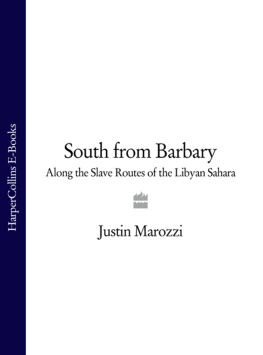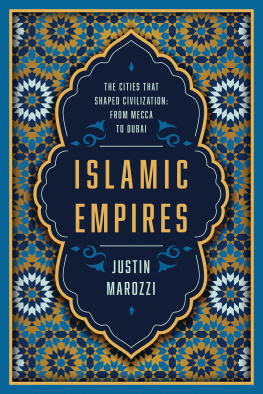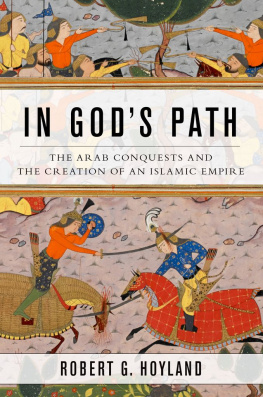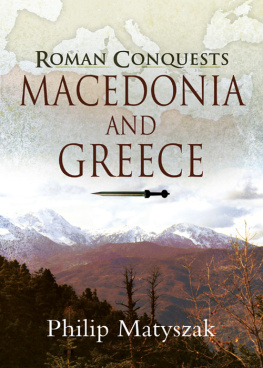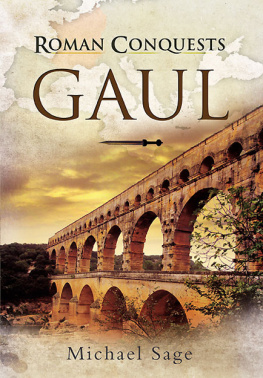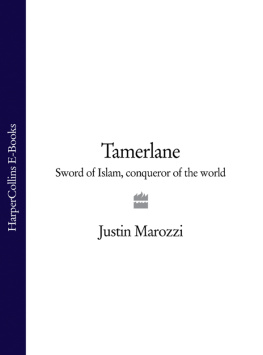Marozzi - The Arab Conquests
Here you can read online Marozzi - The Arab Conquests full text of the book (entire story) in english for free. Download pdf and epub, get meaning, cover and reviews about this ebook. year: 2021, publisher: Head of Zeus, genre: Art. Description of the work, (preface) as well as reviews are available. Best literature library LitArk.com created for fans of good reading and offers a wide selection of genres:
Romance novel
Science fiction
Adventure
Detective
Science
History
Home and family
Prose
Art
Politics
Computer
Non-fiction
Religion
Business
Children
Humor
Choose a favorite category and find really read worthwhile books. Enjoy immersion in the world of imagination, feel the emotions of the characters or learn something new for yourself, make an fascinating discovery.
The Arab Conquests: summary, description and annotation
We offer to read an annotation, description, summary or preface (depends on what the author of the book "The Arab Conquests" wrote himself). If you haven't found the necessary information about the book — write in the comments, we will try to find it.
Marozzi: author's other books
Who wrote The Arab Conquests? Find out the surname, the name of the author of the book and a list of all author's works by series.
The Arab Conquests — read online for free the complete book (whole text) full work
Below is the text of the book, divided by pages. System saving the place of the last page read, allows you to conveniently read the book "The Arab Conquests" online for free, without having to search again every time where you left off. Put a bookmark, and you can go to the page where you finished reading at any time.
Font size:
Interval:
Bookmark:
THE ARAB
CONQUESTS
THE ARAB CONQUESTS
THE SPREAD OF ISLAM AND THE FIRST CALIPHATES
JUSTIN MAROZZI
AN APOLLO BOOK
www.headofzeus.com
Appendix 1.
Al Baladhuri on the Battle of Yarmuk, 636
Appendix 2.
The Pact of Umar
Appendix 3.
Al Tabari on the royal booty seized in the aftermath of the fall of Madain, 637
Appendix 4.
Ibn Abd al Hakam on the conquest of Spain, 711
Appendix 5.
Bishop John of Nikiu on the conquest of Egypt, seventh century
To Julia and Clem,
who conquered me
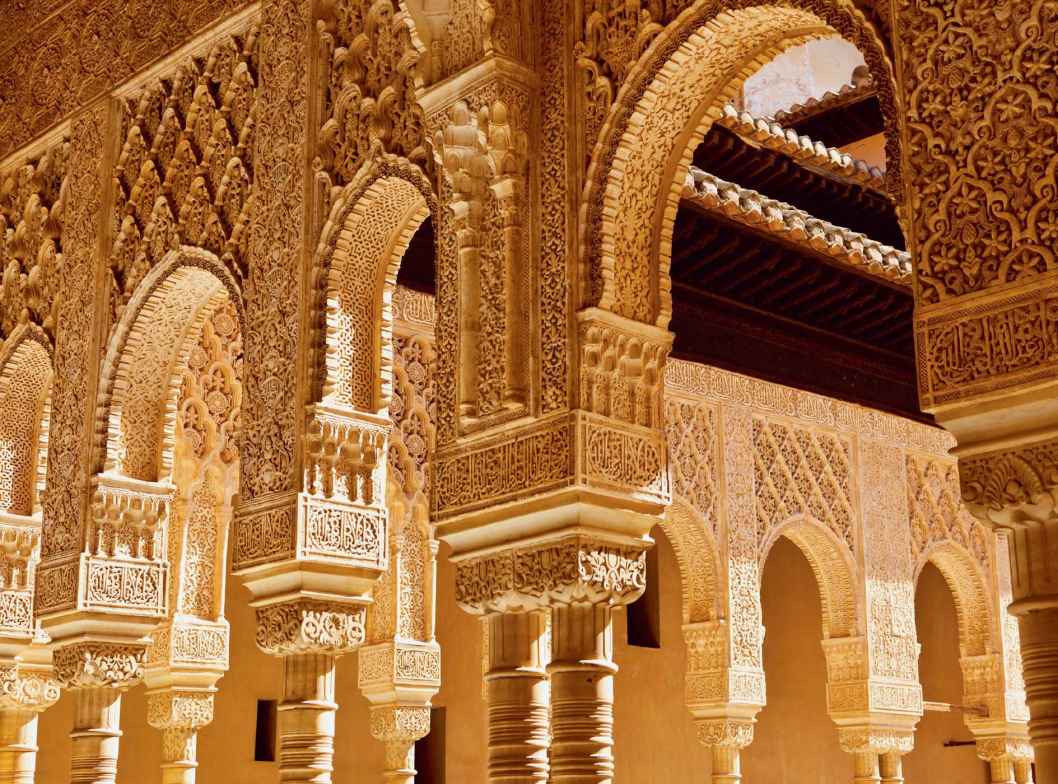
A pearl set in emeralds. Moorish arches in the Court of the Lions in the Alhambra de Granada, the most famous example of Islamic architecture in Andalusia, Muslim Al Andalus.
Ivan Soto Cobos / Shutterstock.
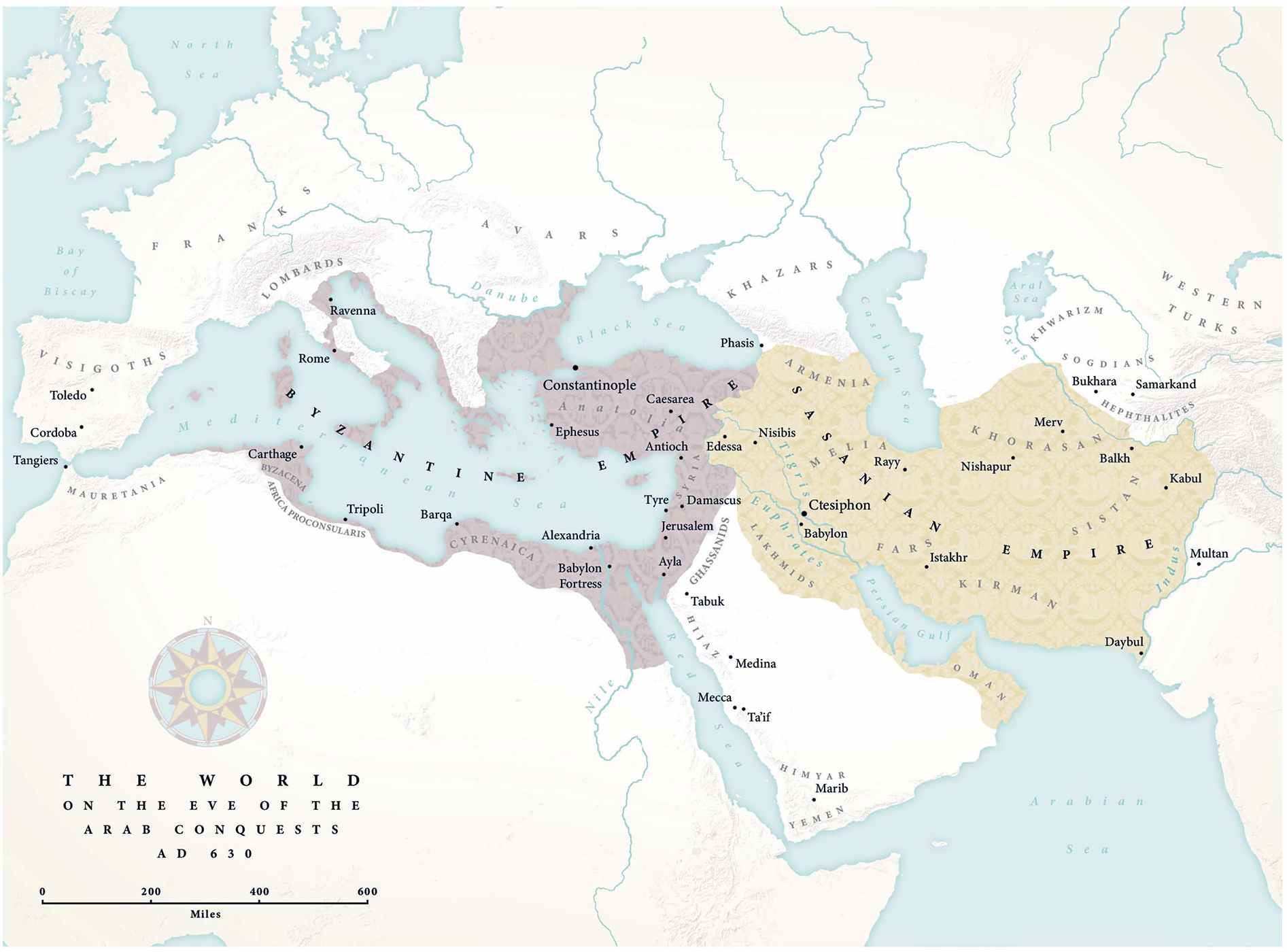

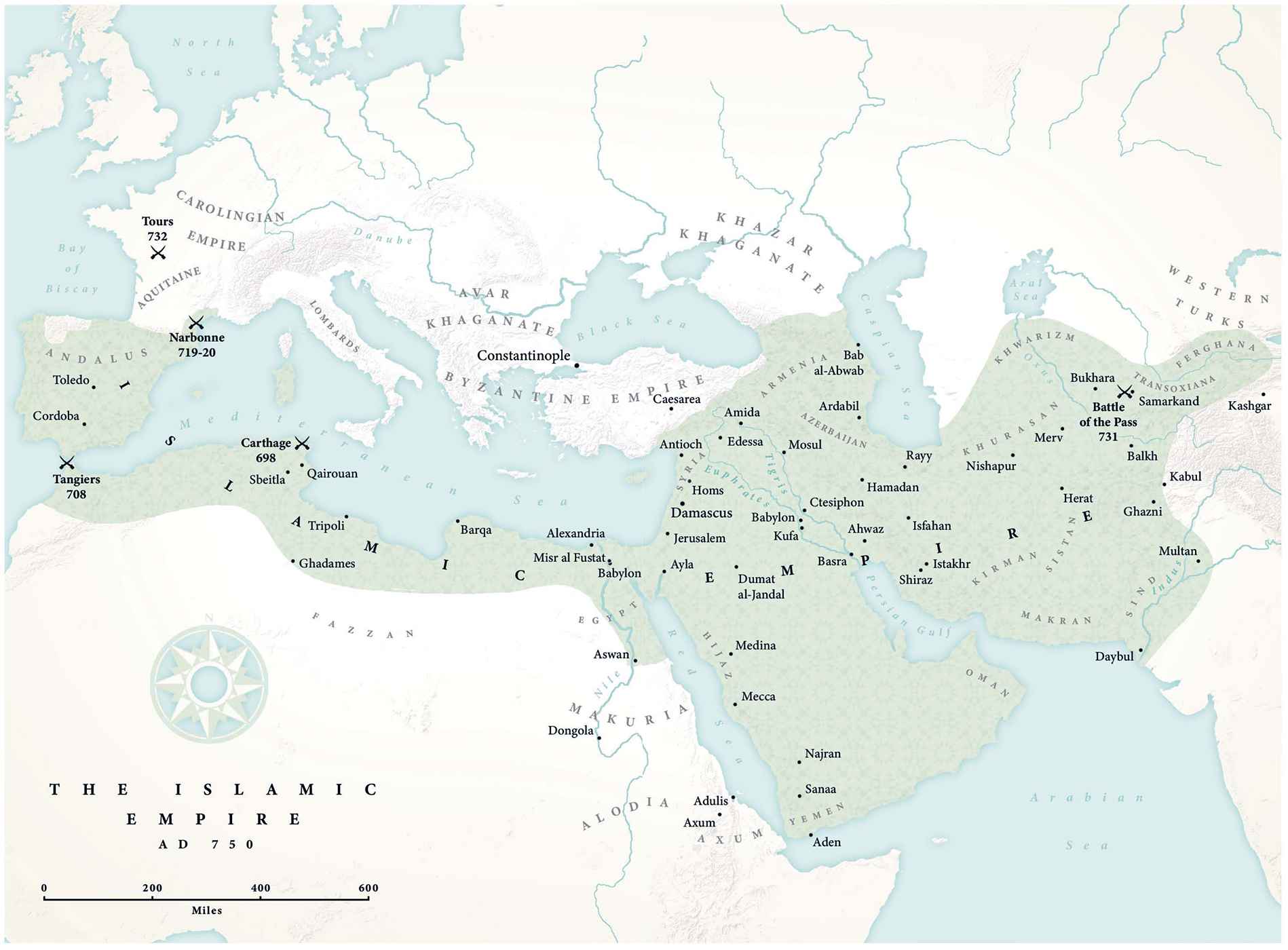
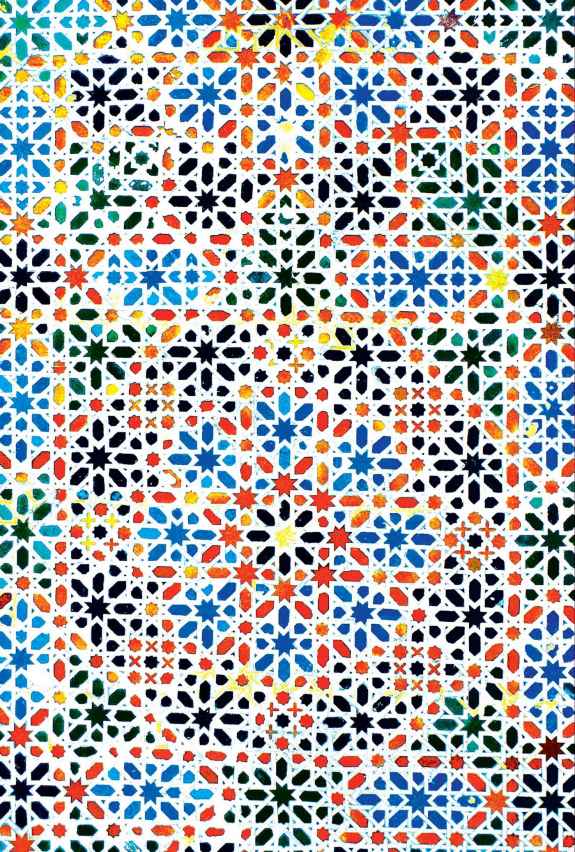
Detail of the tilework at the Alcazar Royal Palace, Seville Isambard Thomas.
It goes something like this.
A thousand warriors on a thousand horses gallop full tilt across a shimmering horizon. Rolling thunder and a sandstorm stirred up by four thousand hooves mingle with the martial roars of the horsemen. On and on ride the cavalry in a God-given frenzy of conquest. Menace hangs in the air. Date palms wilt in the heat. Now they descend on a ragged, sun-ravaged settlement. Panic shoots through the beleaguered inhabitants, too slow to react, too weak to resist these invading aristocrats of the desert. Sheep and goats bleat, camels bellow in distress. Cries of terror and flashing steel. Women and children scream. Swords whirl, heads roll and lifeless bodies slump to the ground. Blood drains into the desert. There is the briefest of pauses. A few moments to pillage anything of value before the warriors remount their sleek steeds and ride on, a handful of howling women added to their ranks. New triumphs await the Arabian horsemen, and their sons and grandsons, across the farthest horizons on distant continents. In a few generations they will have turned the world upside down.
This childish mise en scne, a clumsy composite of Quran and Boys Own , is how I have always pictured the Arab Conquests. Yet the truth is there is no way of knowing what they were really like. For all the stirring chronicles and accounts, there are virtually no detailed descriptions of battlefield encounters and precious little visual or archaeological evidence to show us what a seventh-century Arab fighter and his equipment actually looked like. The historian, scouring for evidence and vanishingly elusive first-hand accounts, must make do with partial and patchy records, after-the-event history written much later both by the victors, puffed up with pride, and the stricken losers, who have fallen into the apocalypse. There is only so much to go on when peering into the seventh and eighth centuries.
Yet perhaps that lurid, blood-spattered picture is less far-fetched than we might think. It is not so far removed, after all, from the ancient Bedouin poetry that celebrated the time-honoured desert raids on enemy tribes with great gusto. In a typical example of the genre, the poet Amir ibn al Tufayl, a contemporary of the Prophet Mohammed, recalled a lightning attack on his enemies:
We came upon them at dawn with our tall steeds,
lean and sinewy and spears whose steel was
as burning flame
We came upon their host in the morning,
and they were like a flock of sheep on whom
falls the ravening wolf
We fell on them with white steel ground to keenness:
we cut them to pieces until they were destroyed;
And we carried off their women on the saddles behind us,
with their cheeks bleeding, torn in anguish by their nails.
If we have to exercise our imaginations and reconstruct some scenes to picture what really happened, then that is only to be expected when dealing with events that happened in far-off places almost 1,400 years ago. And besides, lest we become too gloomy about the prospects of establishing how the conquests unfolded with some level of confidence, there is much that does not depend on our imaginative powers, much that is absolutely beyond question.

Bedouin tribesmen and their camel caravan travelling in Wadi Rum, Jordan. Surging out of the Arabian deserts to the south, their warrior ancestors spearheaded the Arab Conquests of the seventh and eighth centuries.
Norbert Eisele-Hein/imageBROKER/Shutterstock.
We know, for example, that the Arab Conquests followed immediately after the Prophet Mohammeds death in 632. By this time, against all the odds, he had managed to unite the disparate, forever-feuding tribes of Arabia at the point of his sword. We know, too, that these great conquests lasted until 750, by which time several generations of marauding Arab armies had carved out an Islamic empire which, in terms of size and population, rivalled that of Rome at its zenith, extending from the shores of the Atlantic and the Iberian Peninsula in the west to the snow-bound mountain passes of Central Asia and the borders of China in the east. In the process, they had completely crushed one great empire and hollowed out another.
Ascendant for more than 400 years across Iran, Iraq, swathes of Central Asia, Anatolia and the Caucasus, the Sasanian Empire of Persia breathed its last under the Arab onslaught. In 651, powerless to repel rampant Arab forces swarming across his kingdom, unable to raise an army to protect his disintegrating empire, Yazdgird III was reduced to ignominious flight. After a valiant last stand near the ancient city of Merv, he abandoned his horse with its golden saddle, his mace and his sword in its golden sheath and took refuge on a pile of straw in a watermill. Here the man who revelled in the ancient title of Shahanshah, King of Kings, was treacherously betrayed and fatally stabbed by the miller. This is the way of the deceitful world, wrote the peerless Persian poet Ferdowsi in his epic Shahnameh ( Book of Kings ), raising a man up and casting him down. When fortune was with him, his throne was in the heavens, and now a mill was his lot; the worlds favours are many, but they are exceeded by its poison. It was the end of the Sasanian dynasty and the demise of Irans last pre-Islamic empire. The country would never be the same again.
Further to the west, the Arabs had also ridden roughshod over vast tracts of the Byzantine Empire, seizing control of Egypt, its breadbasket, and North Africa, together with the fabled Holy Land in Syria and Palestine, while the God-fearing residents of Constantinople had trembled at the appearance of successive Arab armies and even a fleet before the citys mighty walls.
We know, in other words, that the Arab Conquests of the seventh and eighth centuries represented one of the greatest feats of arms in history and utterly changed the world both as contemporaries understood it then and as we, with the benefit of fourteen centuries of hindsight, know it today.
Font size:
Interval:
Bookmark:
Similar books «The Arab Conquests»
Look at similar books to The Arab Conquests. We have selected literature similar in name and meaning in the hope of providing readers with more options to find new, interesting, not yet read works.
Discussion, reviews of the book The Arab Conquests and just readers' own opinions. Leave your comments, write what you think about the work, its meaning or the main characters. Specify what exactly you liked and what you didn't like, and why you think so.



